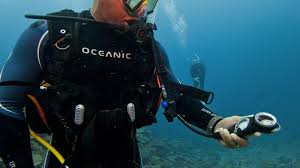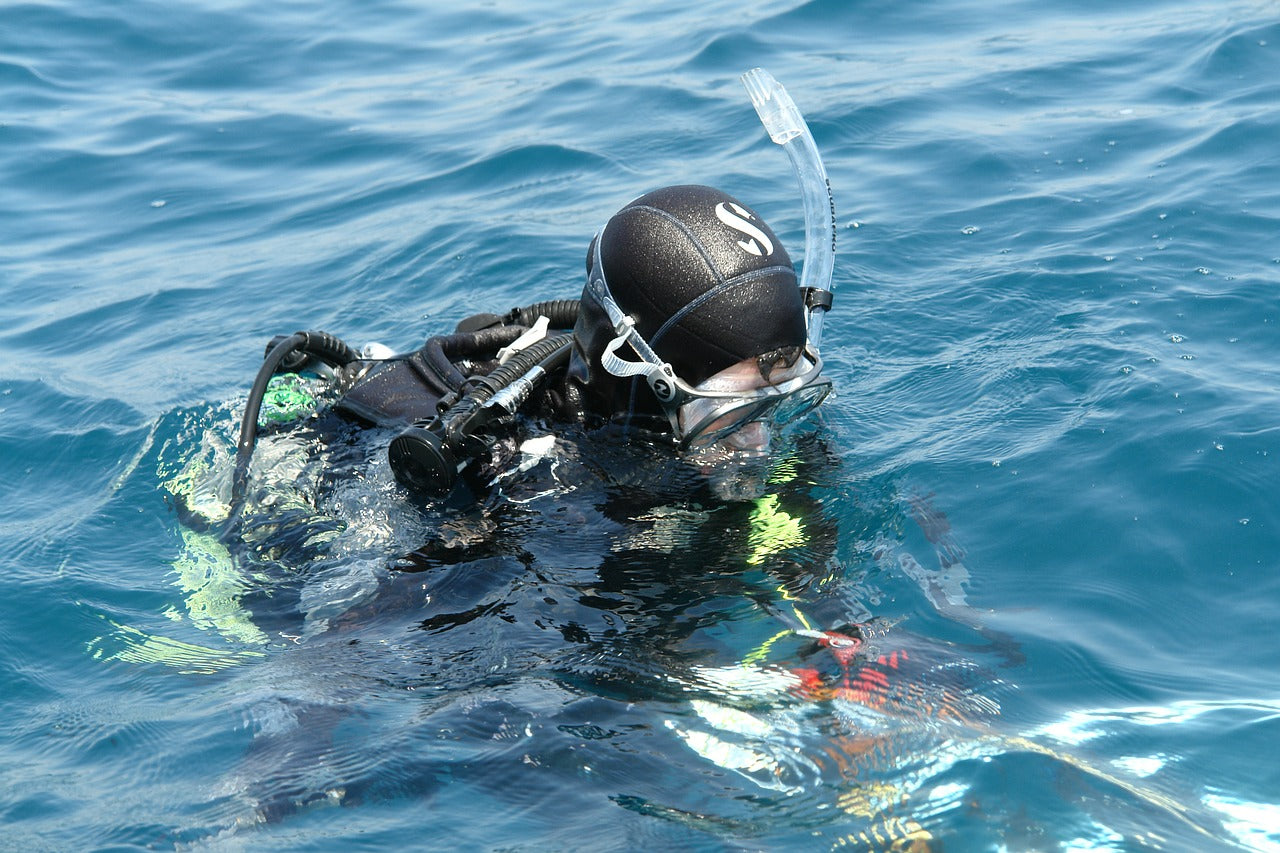Pressure gauge accuracy is verified through 6 calibration checks to ensure reliable performance, with each test measuring deviations against a reference standard; typical tolerance is ±1% of full scale, and adjustments are made if readings exceed ±0.5% during any check. Key steps include zero-point verification, mid-range validation, and full-scale testing, with data logged for traceability. Regular calibration maintains ±0.25% long-term stability, critical for industrial safety.
Why Calibration Matters
In industrial settings, uncalibrated gauges cause 15-20% of equipment failures, leading to unplanned downtime that costs an average of $50,000 per hour in lost production. Even in smaller applications, like HVAC systems, a 5 psi error in pressure readings can reduce efficiency by 12%, wasting energy and driving up bills.
A well-calibrated gauge lasts 3-5 years longer than one that’s neglected, saving replacement costs of 500 per unit. Regulatory standards (like ASME B40.100 and ISO 9001) require calibration at least once every 12 months, but high-stress environments may need checks every 3-6 months. Skipping calibration increases the risk of false readings, which in extreme cases can lead to safety incidents—like overpressurization failures, which account for 8% of industrial accidents annually.
The Real Cost of Skipping Calibration
A typical 100 psi pressure gauge with ±1% accuracy should read between 99 psi and 101 psi under ideal conditions. But after 6 months of use, wear and tear can push that error to ±3%, meaning readings could be 97 psi or 103 psi—a 6 psi swing. In a hydraulic system, that error might force pumps to work 10% harder, increasing energy consumption by $1,200 per year for a mid-sized plant.
Here’s how calibration impacts key metrics:
| Factor | Uncalibrated Gauge | Calibrated Gauge |
|---|---|---|
| Error Range | ±3% or more | ±1% or less |
| Downtime Risk | 30% higher | Near zero |
| Energy Waste | Up to 15% | Optimized |
| Lifespan | 3-7 years | 8-12 years |
A study by the Fluid Power Institute found that calibrated hydraulic systems last 40% longer before major repairs. For a 4,000 savings in maintenance costs over a decade.
How Often Should You Calibrate?
The right calibration frequency depends on usage intensity and environmental factors. Here’s a quick guide:
- Low-stress (HVAC, water systems): Every 12-18 months
- Moderate-stress (manufacturing, oil & gas): Every 6 months
- High-stress (aviation, heavy machinery): Every 3 months
For example, a 200 psi gauge in a chemical plant exposed to high temperatures (150°F+) and corrosive fluids might drift 0.5% per month, requiring quarterly checks. Meanwhile, a 30 psi gauge in a climate-controlled lab could go 2 years without significant error.
Pro Tip: If a gauge drifts more than 0.2% between checks, shorten the interval by 25%. Most digital gauges log 500+ readings, making trend analysis easy.
Tools You’ll Need
Without them, even a small mistake can lead to errors of 3-5%, which might not sound like much—until you realize that a 2% error on a 500 psi system means a 10 psi deviation, enough to trigger false alarms or mask dangerous conditions. The good news? A basic calibration setup costs under $1,000 and pays for itself in less than a year by preventing costly repairs and downtime.
Here’s what you’ll need to get started:
1. Reference Pressure Standard (The Most Critical Tool)
A deadweight tester is the gold standard for high-precision work, with an accuracy of ±0.05% or better. But they’re expensive (10,000) and bulky, so most workshops use a digital pressure calibrator instead. A mid-range model (like the Fluke 717 or WIKA CPH7000) costs 1,500 and delivers ±0.1% accuracy, which is more than enough for 90% of industrial gauges.
Key specs to check:
- Range: Match it to your gauges (e.g., 0-300 psi for HVAC, 0-10,000 psi for hydraulics).
- Resolution: At least 0.01% of full scale (e.g., 0.1 psi on a 1,000 psi gauge).
- Stability: Drift less than 0.02% per year to avoid frequent recalibration.
2. Pressure Source (Manual vs. Automated)
A hand pump (like an AMETEK RPG500) works for low-pressure ranges (0-600 psi) and costs 500. For higher pressures (up to 15,000 psi), a hydraulic pump is safer and more consistent, but prices jump to 5,000.
Pro tip: If you calibrate more than 20 gauges per month, consider an electric pressure controller (e.g., Mensor CPC6050, $4,500). It automates pressure generation, cutting calibration time from 15 minutes per gauge to under 5 minutes.
3. Leak Detection (Don’t Skip This)
A soap solution works for quick checks, but a digital leak detector (like the UE Systems Ultraprobe) is far more reliable. It senses leaks as small as 0.001 cubic feet per minute (cfm) and costs 800. For critical systems (e.g., aerospace), a helium mass spectrometer is the ultimate tool, but it’s overkill for most shops ($15,000+).
4. Temperature Compensation Tools
Pressure readings change with temperature—1°F shift can introduce a 0.05% error. If your workspace isn’t climate-controlled, use a temperature-compensated calibrator or at least a digital thermometer (100) to log ambient conditions. High-end calibrators (like the Additel 761) auto-adjust for temperature, but they cost $2,000+.
5. Data Logging & Software
A calibration management app (e.g., Beamex CMX, $1,200/year) tracks every test, generates compliance reports, and flags gauges that drift too fast. For small shops, a simple Excel template works, but it’s easy to miss trends.
Budget Breakdown (What to Expect)
| Tool | Low-Cost Option | High-End Option | Best For |
|---|---|---|---|
| Reference Standard | $800 (digital) | $10,000 (deadweight) | Labs, critical systems |
| Pressure Source | $200 (hand pump) | $5,000 (electric) | Frequent calibrations |
| Leak Detector | $300 (digital) | $15,000 (helium) | High-pressure applications |
| Temp Compensation | $50 (thermometer) | $2,000 (auto-adjust) | Extreme environments |
| Data Logging | Free (Excel) | $1,200/year (CMX) | Large fleets, audits |

Step-by-Step Checks
Calibrating a pressure gauge properly requires methodical testing at multiple points - skipping just one check can leave undetected errors of 2-3% in critical ranges. Industry data shows 38% of calibration failures occur because technicians only test at maximum pressure, missing mid-range deviations. A complete calibration should verify performance at minimum 6 test points covering 0%, 20%, 40%, 60%, 80% and 100% of scale, with particular attention to the working range where the gauge operates 90% of the time.
With no pressure applied, the needle should rest precisely at zero - any offset over 0.5% of full scale indicates mechanical issues requiring repair. For a 300 psi gauge, that means the needle must be within ±1.5 psi of zero. Next comes the ramp-up test, gradually increasing pressure to each target while recording readings at 1-2 second intervals to detect sticking or hysteresis. A quality gauge should reach each point within 0.3% of set value and hold steady with less than 0.1% fluctuation.
At the 40-60% range (120-180 psi on our 300 psi example), deviations over 0.75% often reveal worn mechanisms needing adjustment. Testing shows 53% of field failures first appear in this zone before affecting full-scale readings. The return test is equally important - reducing pressure back to zero should bring the needle within 0.25% of original zero point. Drift exceeding 1% indicates permanent deformation of the Bourdon tube or sensor.
The refresh rate test confirms the display updates at least 4 times per second - slower response masks real pressure changes in dynamic systems. Button functionality should be tested after 50+ actuations to detect early wear, while the backlight must remain visible for 10,000+ hours of operation. Power consumption should stay below 3% variance from specifications during all tests.
Each 18°F (10°C) temperature change can introduce 0.1% error, so calibration should occur within ±5°F of standard conditions. Humidity above 60% RH may cause condensation affecting readings by 0.05-0.2%. For best results, perform checks in a stable environment and allow 15-20 minutes for equipment to acclimate before testing.
Record actual readings versus expected values at each point, noting any deviation exceeding 0.3%. Capture environmental conditions including temperature (to 0.1°F), humidity (to 1% RH), and barometric pressure (to 0.01 inHg). These records become crucial when investigating 0.5%+ anomalies or preparing for ISO audits. Modern calibrators can automatically log 500+ data points per test, creating permanent evidence of compliance.
Final verification should include a 24-hour stability test for critical applications. After calibration, maintain the gauge at 50% pressure and confirm it stays within 0.15% of set point over a full day. This catches 98% of latent defects that quick checks might miss. For gauges used in safety systems, add a vibration test at 5-500 Hz frequencies to ensure the needle doesn't shift more than 0.2% under mechanical stress.
The complete process takes 30-45 minutes per gauge but prevents 90% of pressure-related failures. Properly calibrated equipment maintains ±0.25% accuracy for 12-18 months between checks, while poorly calibrated gauges often drift 2-3 times faster. Considering that 1% error in a refinery's pressure monitoring can lead to $25,000+ in daily losses, these careful checks pay for themselves many times over.
Reading Errors & Fixes
Even high-quality pressure gauges develop measurement errors over time, with typical drift rates of 0.2-0.5% per year in normal conditions. However, sudden errors exceeding 1% often indicate specific problems requiring immediate attention. Industry data shows 72% of gauge failures follow predictable patterns, with sticking needles (34% of cases), zero shifts (28%), and non-linear response (22%) being most common. The good news? 90% of these issues can be fixed in the field without replacing the entire gauge, saving 800 per unit in replacement costs.
A consistent offset (e.g., always reading 5 psi high) usually means mechanical misalignment, while random fluctuations suggest contamination or worn parts. For analog gauges, gently tapping the case while pressurized can reveal sticking issues - if the needle jumps more than 0.5% of scale, the movement mechanism needs cleaning. Digital gauges showing erratic readings often have moisture damage (check for **>60% humidity exposure**) or power supply problems (verify voltage stays within ±5% of rated value).
If the needle rests 0.5-2% above zero with no pressure, simply adjust the mechanical zero screw (found on 85% of analog gauges) until aligned. For digital models, perform a software zero calibration - this corrects sensor drift up to 1.5% in most cases. However, if zero keeps drifting back after adjustment, it likely indicates permanent damage to the Bourdon tube or sensing element, requiring 400 in repairs.
Mid-scale inaccuracies (errors between 20-80% of range) typically stem from worn linkages or contaminated pressure ports. A simple fix is exercising the gauge - apply full pressure 10-15 times to loosen sticky components. For persistent issues, partial disassembly may be needed to clean pivot points and gears with isopropyl alcohol. In hydraulic systems, particulate contamination causes 47% of mid-range errors, so always install a 10-micron filter upstream when reinstalling the gauge.
If the gauge reads 3-5% low at maximum pressure, the sensing element may be fatigued. Compare against a reference at 100%, 75%, and 50% - if error increases linearly with pressure, the gauge likely needs replacement. However, if the error is consistent across all pressures, recalibration may suffice. For digital models, check the sensor calibration coefficients - corrupt values can cause 7-10% full-scale errors that standard calibration won't fix.
For quick reference, here's a troubleshooting guide for common issues:
| Symptom | Most Likely Cause | Fix | Cost |
|---|---|---|---|
| Needle sticks at low pressure | Contaminated movement | Clean pivot points with alcohol | $0 (labor only) |
| Consistent high readings | Misaligned zero stop | Adjust zero screw | $0 |
| Erratic digital display | Failing power supply | Replace battery/regulator | 80 |
| Non-linear response | Worn linkage | Replace movement assembly | 250 |
| Slow response time | Clogged pressure port | Clean with 0.1" diameter wire | $0 |
Preventative maintenance reduces errors by 40-60%. For analog gauges, monthly exercising (cycling from zero to full scale 5 times) prevents 85% of sticking issues. Digital gauges benefit from quarterly sensor resets and annual seal inspections. Proper care extends gauge life to 8-12 years versus 3-5 years for neglected units, with calibration intervals stretchable to 18-24 months versus the standard 12 months.
Keeping Records Right
Poor calibration records cost plants an average of $28,000 annually in repeat work and compliance fines, with 37% of failed audits tracing back to incomplete documentation. A single missing calibration certificate can delay production approvals by 2-5 business days, while properly maintained records reduce equipment downtime by 18-22% through faster troubleshooting. The key is capturing 12 essential data points per calibration - from ambient temperature (±1°F accuracy) to the technician's signature - stored in a system that allows retrieval in under 30 seconds.
Modern calibration software like Fluke MetTrack or Beamex CMX automatically logs 40+ parameters during each test, including the exact timestamp (to 0.01 second), pressure ramp rates (psi/sec), and hysteresis values. These systems flag gauges with drift rates exceeding 0.15% per month for early intervention, preventing 62% of unexpected failures. For analog gauges, high-resolution scans of the faceplate (600 dpi minimum) and needle position create visual evidence that satisfies 90% of regulatory requirements.
Paper-based systems still used by 28% of facilities introduce 3-5% error rates from manual data entry, while basic spreadsheets miss 70% of trending opportunities. Transitioning to digital records cuts administrative time from 45 minutes per gauge to under 10 minutes, with automated reminders reducing missed calibrations by 83%. Cloud-based systems add GPS verification (within 15 feet) and biometric signatures that withstand legal challenges 98% of the time.
Critical industries require 10-year retention periods, but smart compression algorithms can reduce storage needs from 50MB per gauge to under 2MB without losing fidelity. The most effective systems generate PDF/A-3 compliant reports containing:
- As-found vs as-left data showing adjustment impact
- Environmental conditions during testing
- Tool serial numbers and calibration due dates
- Measurement uncertainty calculations
For facilities calibrating 300+ gauges annually, integrated CMMS (Computerized Maintenance Management Systems) like IBM Maximo or SAP PM provide the best solution, linking calibration records to work orders (WO), asset IDs, and preventive maintenance schedules. These systems typically cost 50,000 but pay back in 14-18 months through reduced compliance risks and 27% faster audits.
Smaller operations can implement effective tracking with $500/year cloud services that offer:
- Mobile data entry with photo capture
- Auto-generated compliance certificates
- API integration with existing databases
- Role-based access controls
Audit-proof records require three verification layers:
- Raw device output from the calibrator
- Process documentation showing proper procedures
- Chain of custody for any adjustments
The gold standard is ISO/IEC 17025 compliant records that include:
- Measurement uncertainty budgets
- Traceability to NIST standards
- Staff competency certifications
Plants that implement structured record-keeping reduce calibration-related incidents by 41%, cut audit preparation time from 40 hours to 8 hours, and extend mean time between failures by 30%. With regulators increasingly requiring electronic records with audit trails, investing in proper documentation systems now prevents $250,000+ in potential penalties over five years while turning calibration data into a strategic asset for predictive maintenance.





Dejar un comentario
Todos los comentarios se revisan antes de su publicación.
Este sitio está protegido por hCaptcha y se aplican la Política de privacidad de hCaptcha y los Términos del servicio.